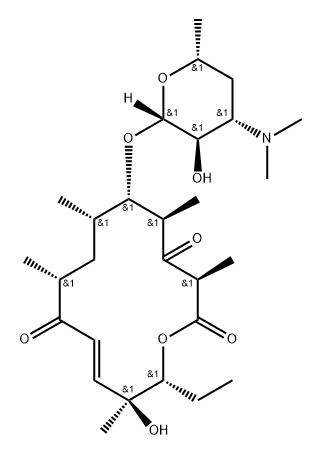N-CAPRYLIC ACID ISOBUTYL ESTER
- CAS NO.:5461-06-3
- Empirical Formula: C12H24O2
- Molecular Weight: 200.32
- MDL number: MFCD00059444
- EINECS: 226-744-8
- SAFETY DATA SHEET (SDS)
- Update Date: 2024-12-18 14:07:02

What is N-CAPRYLIC ACID ISOBUTYL ESTER?
The Uses of N-CAPRYLIC ACID ISOBUTYL ESTER
Mild-herbaceous-woody, but overall fruity-oily odor with a faint, winey undertone. Occasionally used in perfumes as a modifying fruity topnote in Oriental bases or as a new type fruit y note in novelty fragrances. Used in flavor compositions for Apricot, Cognac, Grape imitation flavors, etc.
Definition
ChEBI: Isobutyl octanoate is a fatty acid ester.
Synthesis
Isobutyl n-Octanoate is produced by direct esterification of iso-Butanol with n-octanoic acid.
Properties of N-CAPRYLIC ACID ISOBUTYL ESTER
| Boiling point: | 231.9±8.0 °C(Predicted) |
| Density | 0.86 |
| refractive index | 1.4210 to 1.4240 |
| Flash point: | 108 °C |
| solubility | Insoluble in water, poorly soluble in Propylene glycol, soluble in alcohol and oils. |
| form | clear liquid |
| color | Colorless to Light yellow |
| Odor | Mild-herbaceous-woody, but overall fruity-oily odor with a faint, winey undertone. |
| EPA Substance Registry System | Isobutyl octanoate (5461-06-3) |
Safety information for N-CAPRYLIC ACID ISOBUTYL ESTER
Computed Descriptors for N-CAPRYLIC ACID ISOBUTYL ESTER
New Products
Tert-butyl bis(2-chloroethyl)carbamate (S)-3-Aminobutanenitrile hydrochloride N-Boc-D-alaninol N-BOC-D/L-ALANINOL N-octanoyl benzotriazole 4-Hydrazinobenzoic acid 3,4-Dibenzyloxybenzaldehyde 1,1’-CARBONYLDIIMIDAZOLE R-2-BENZYLOXY PROPIONIC ACID 1,1’-CARBONYLDI (1,2-4 TRIAZOLE) 4-HYDROXY BENZYL ALCOHOL 3-NITRO-2-METHYL ANILINE (2-Hydroxyphenyl)acetonitrile 4-Bromopyrazole 5-BROMO-2CYANO PYRIDINE 5,6-Dimethoxyindanone 5-broMo-2-chloro-N-cyclopentylpyriMidin-4-aMine 4-methoxy-3,5-dinitropyridine 2-(Cyanocyclohexyl)acetic acid 2-aminopropyl benzoate hydrochloride 1-(4-(aminomethyl)benzyl)urea hydrochloride tert-butyl 4- (ureidomethyl)benzylcarbamate diethyl 2-(2-((tertbutoxycarbonyl)amino) ethyl)malonate Ethyl-2-chloro((4-methoxyphenyl)hydrazono)acetateRelated products of tetrahydrofuran








You may like
-
 Isobutyl n-Octanoate CAS 5461-06-3View Details
Isobutyl n-Octanoate CAS 5461-06-3View Details
5461-06-3 -
 55441-95-7 99%View Details
55441-95-7 99%View Details
55441-95-7 -
 N-Vinylformamide 99%View Details
N-Vinylformamide 99%View Details
13162-05-5 -
 Chloro Uracil 1820-81-1 99%View Details
Chloro Uracil 1820-81-1 99%View Details
1820-81-1 -
 207557-35-5 99%View Details
207557-35-5 99%View Details
207557-35-5 -
 2-ethyl-6-methyl-3-hydroxypyridine succinate 99%View Details
2-ethyl-6-methyl-3-hydroxypyridine succinate 99%View Details
127464-43-1 -
 2-ETHYLPYRIDINE 100-71-0 99%View Details
2-ETHYLPYRIDINE 100-71-0 99%View Details
100-71-0 -
 181228-33-1 (S)-Methyl 3-amino-2-((tert-butoxycarbonyl)amino)propanote Hydrochloride (DAP-OMe. HCl) 99%View Details
181228-33-1 (S)-Methyl 3-amino-2-((tert-butoxycarbonyl)amino)propanote Hydrochloride (DAP-OMe. HCl) 99%View Details
181228-33-1
Statement: All products displayed on this website are only used for non medical purposes such as industrial applications or scientific research, and cannot be used for clinical diagnosis or treatment of humans or animals. They are not medicinal or edible.